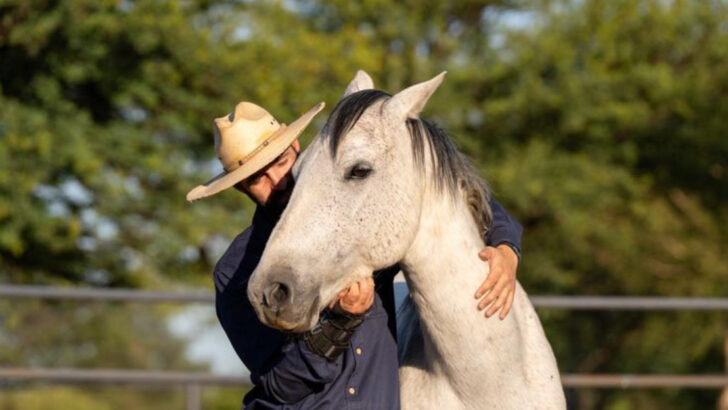Horses are fascinating creatures, full of unique behaviors that can sometimes bewilder their owners. Misinterpretations of these behaviors often lead to confusion, misunderstanding, or even fear. Understanding the real reasons behind these actions can deepen the bond between horse and human. This article sheds light on 13 common horse behaviors that owners often misinterpret, offering clarity and insight into the equine world.
Ear Pinning
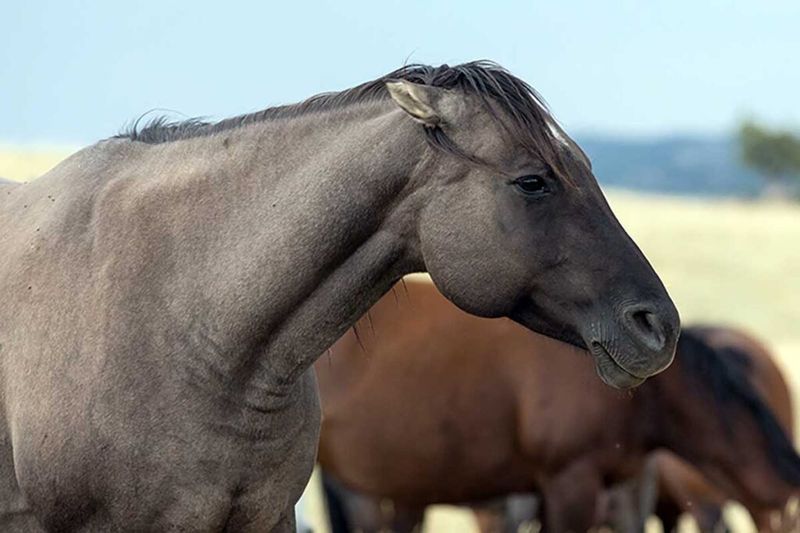
Ear pinning is often seen as a sign of aggression. However, it can also indicate discomfort or concentration. For instance, a horse might pin its ears when focusing intently on a task or when trying to block out distractions. This behavior serves as a barometer of a horse’s mood, providing insight into its emotional state.
A horse might also pin its ears when asserting dominance over others in the herd. Observing the context and other body language cues can help owners interpret this behavior more accurately.
Tail Swishing
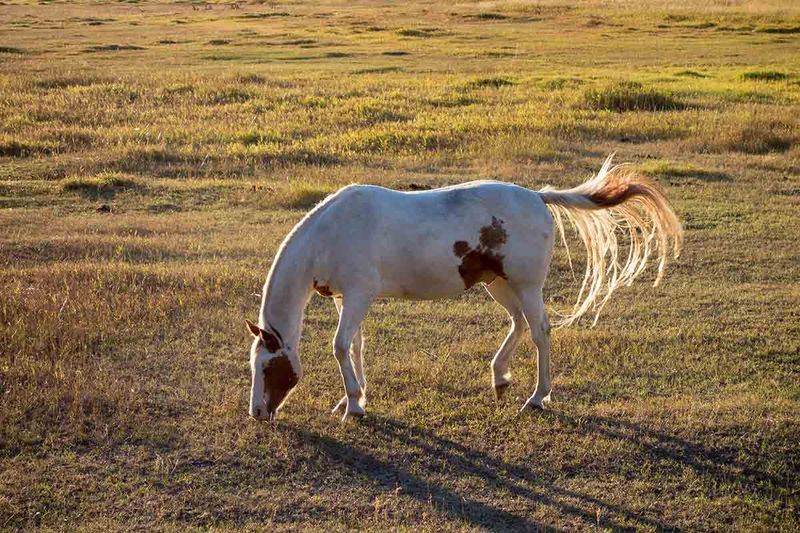
Tail swishing is not just a method to ward off flies. It can also signify irritation or agitation. When a horse swishes its tail rapidly, it might be expressing discomfort or annoyance, perhaps due to an ill-fitting saddle or a bothersome insect.
In some cases, tail swishing can be a sign of excitement or energy, particularly when a horse is anticipating a run. Owners should pay attention to accompanying signals, such as ear position or vocalizations, to better understand their horse’s feelings.
Head Tossing
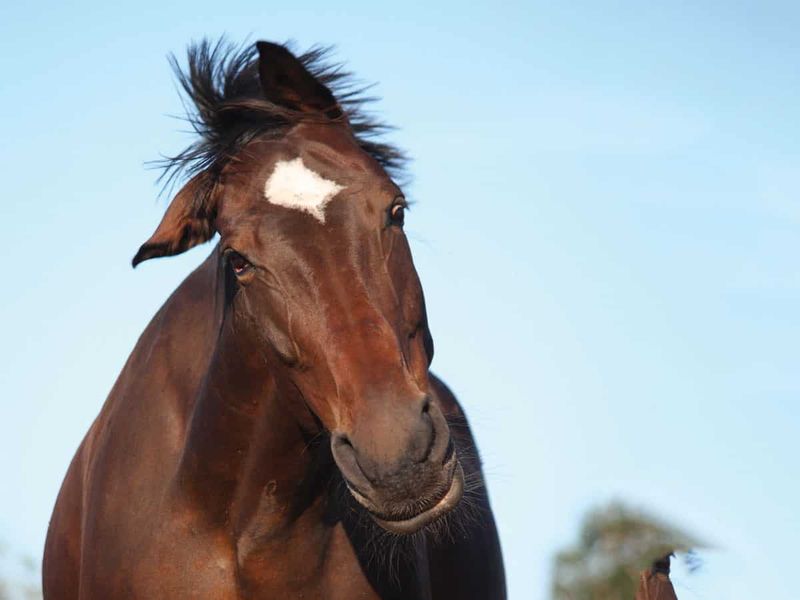
Head tossing is commonly mistaken for defiance. Yet, it often indicates discomfort or frustration. A horse might toss its head due to an uncomfortable bridle or as a response to flies.
This behavior can also be observed when a horse is feeling playful, expressing its exuberance. Understanding the context is key; identifying whether head tossing occurs during specific activities or situations helps pinpoint the cause. Observing other body movements and the horse’s environment can provide additional clues.
Pawing the Ground
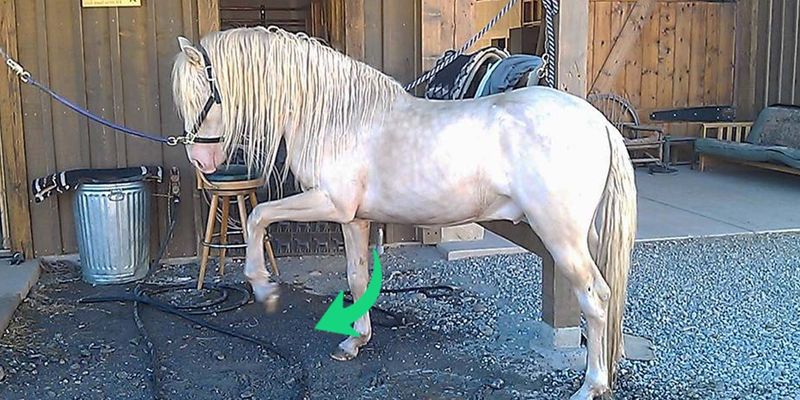
Pawing the ground can be an indication of impatience or boredom. Horses might paw when they are waiting for food or when confined for extended periods.
This behavior can also suggest pain or discomfort, signaling that something might be amiss. In some cases, pawing can be a form of communication, trying to draw attention to itself or express a need. Understanding the horse’s overall demeanor and environment can help interpret this behavior accurately.
Nipping and Biting
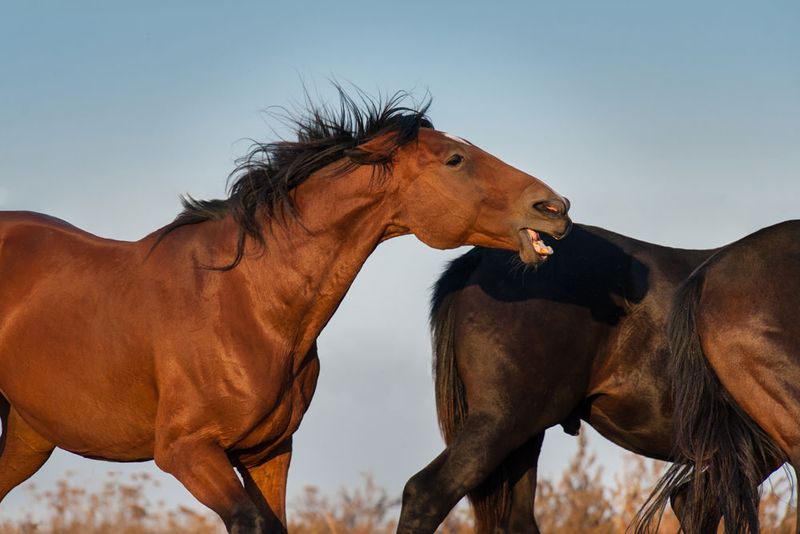
Nipping and biting can often be seen as aggressive behavior, but this is not always the case. Sometimes, horses nip as a form of play or affection, especially among younger horses.
However, if biting is aggressive, it might indicate a need for discipline or training. Recognizing the context and underlying cause helps address this behavior appropriately. Interacting with horses calmly and confidently can mitigate misunderstandings related to nipping and biting.
Snorting and Blowing

Snorting and blowing are natural ways for horses to clear their nasal passages. However, they can also express excitement or curiosity when exploring new environments.
In some instances, these sounds indicate relaxation, similar to a human sigh. Observing when and where a horse snorts or blows helps decipher the message being conveyed. Recognizing these vocalizations’ context fosters better communication between horse and owner.
Licking and Chewing
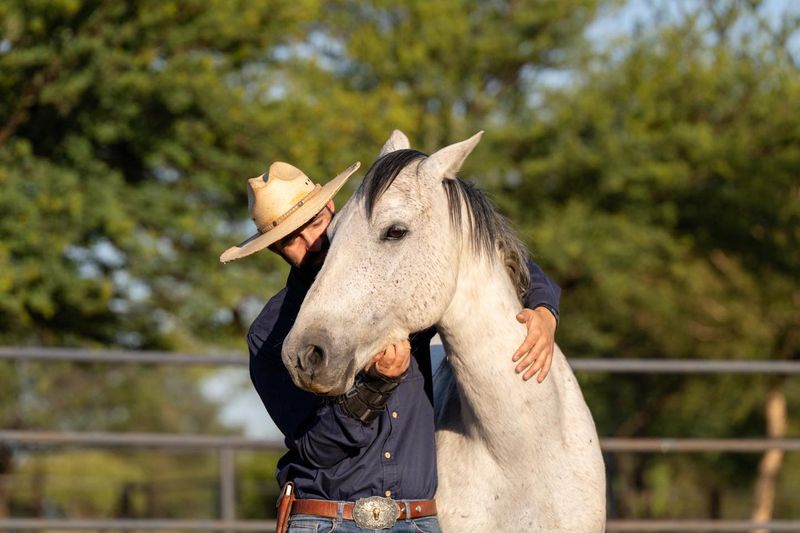
Licking and chewing are signs that a horse is processing information or has learned something new. It’s often observed after training sessions, indicating understanding or submission.
These actions can also signify relaxation, as the horse shifts from a fight-or-flight state to a calmer frame of mind. This behavior can offer reassurance to owners, signaling that their horse is feeling safe and content. Such insights contribute to more effective training and stronger bonds.
Rolling on the Ground
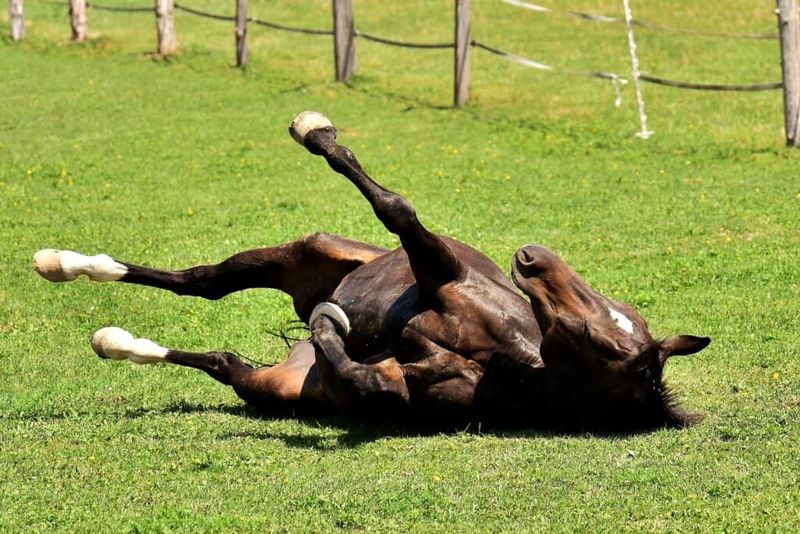
Rolling on the ground is not merely a way to scratch an itch. It can also serve as a relaxation method, helping horses shed loose hair or dirt. Horses often roll after a bath or when they feel a release of tension.
In some situations, rolling can indicate discomfort, such as colic. Observing the frequency and context of rolling helps determine whether it’s a benign behavior or a sign of distress. Paying attention to other signals ensures a clearer understanding of the horse’s condition.
Flehmen Response
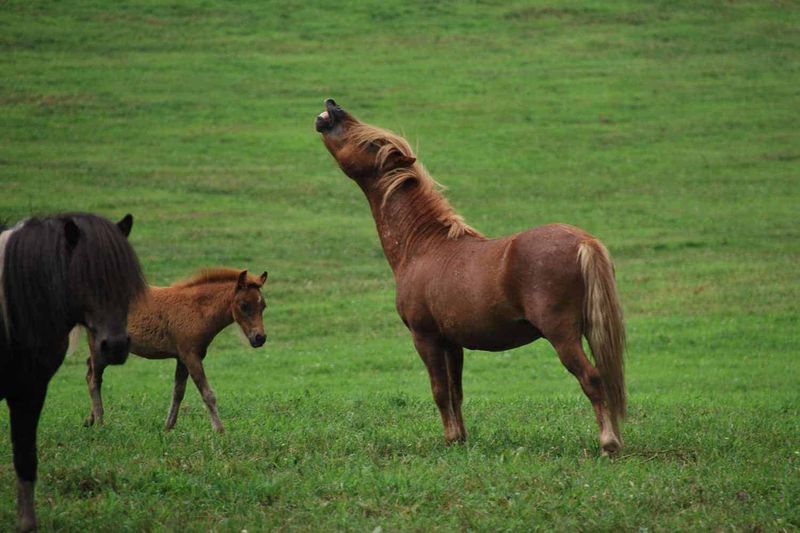
The flehmen response is frequently misunderstood. This lip-curling action allows horses to analyze scents, such as pheromones. It is part of how they explore their environment and gather information.
Though it may look humorous, it plays a crucial role in their sensory perception. Observing when and where a horse exhibits this behavior provides insights into what might have captured its interest. Understanding this response helps owners appreciate the complexity of their horse’s communication methods.
Crow Hopping
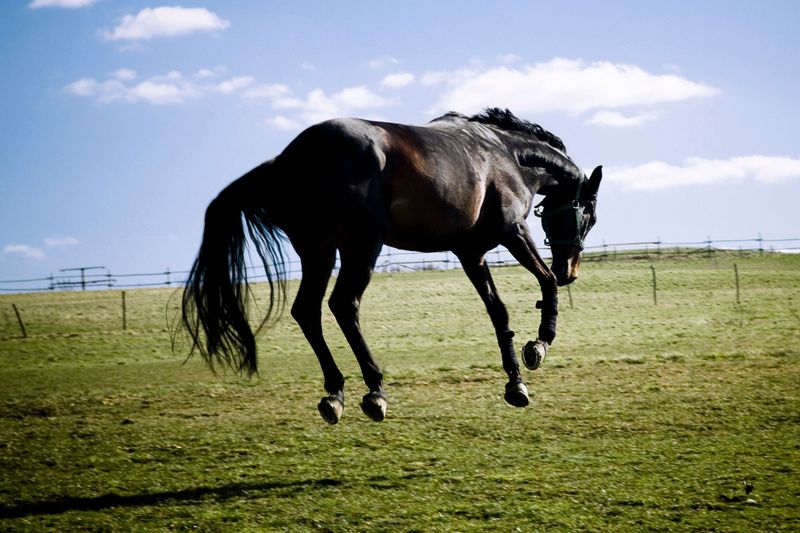
Crow hopping is often mistaken for bucking, but it’s generally less severe. This behavior might occur when a horse is feeling playful or testing its limits.
However, if persistent, it could indicate discomfort, such as a poorly fitting saddle. Recognizing the difference between crow hopping and more aggressive behaviors ensures a proper response. Adjustments to the horse’s equipment or routine may alleviate the underlying issue, promoting a more harmonious interaction.
Snaking
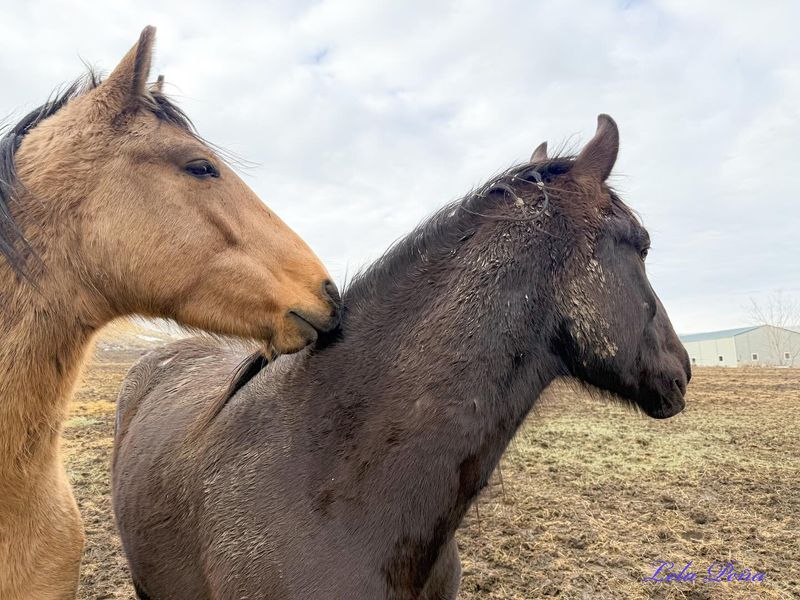
Snaking involves a horse lowering its head and extending its neck, often used by stallions to herd others. While it can be seen as intimidating, it’s a natural part of herd dynamics.
This behavior can also indicate assertiveness, helping establish hierarchy within the group. Observing snaking in context provides insight into social interactions among horses. Understanding these dynamics enriches the owner’s knowledge of equine behavior, fostering a deeper connection with their horse.
Wood Chewing
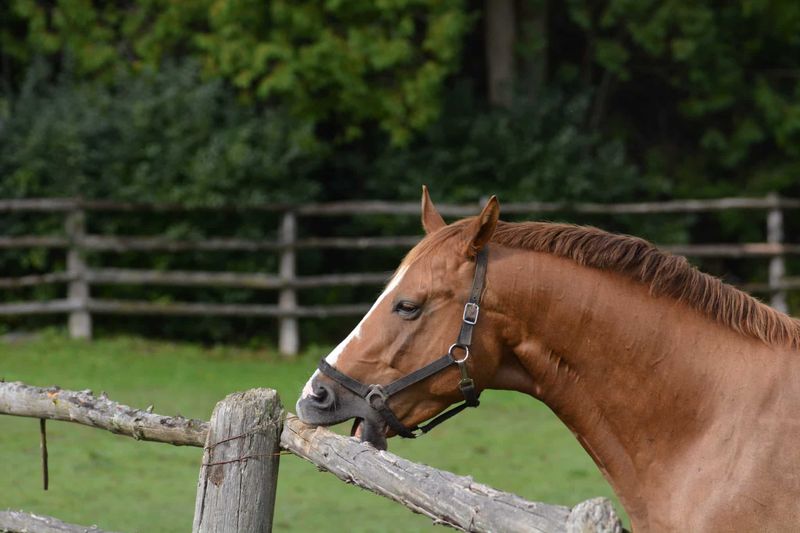
Wood chewing might seem like a destructive habit, but it can be a sign of boredom or a lack of fiber in the diet. Horses confined for long periods might resort to chewing as a way to entertain themselves.
Ensuring a balanced diet and providing ample time for exercise can help reduce this behavior. Owners should consider the horse’s environment and nutrient intake to address the root causes of wood chewing, enhancing their horse’s well-being.
Standing With a Leg Cocked
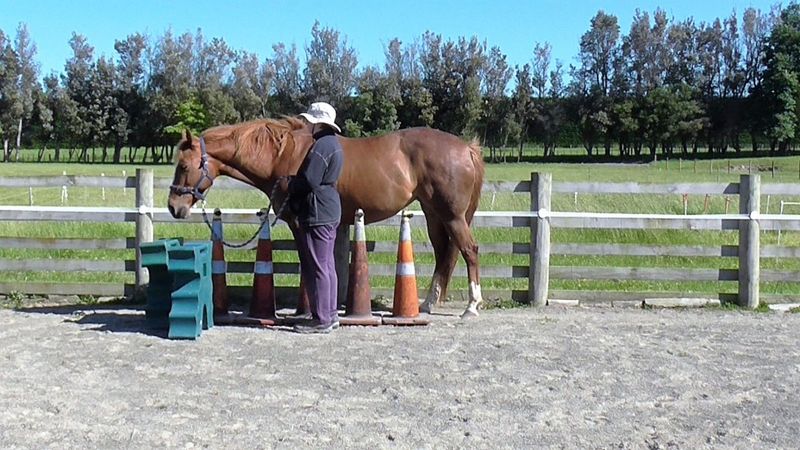
Standing with a leg cocked is often misinterpreted as a sign of lameness. However, it typically indicates relaxation. Horses often stand this way when they feel safe and comfortable.
It’s a position that allows them to rest while remaining alert. Recognizing the context and other accompanying signals, such as ear position or overall demeanor, helps clarify this behavior’s meaning. Appreciating this subtle sign of contentment enhances the bond between horse and owner.

